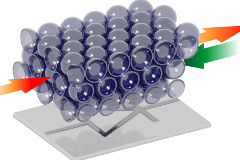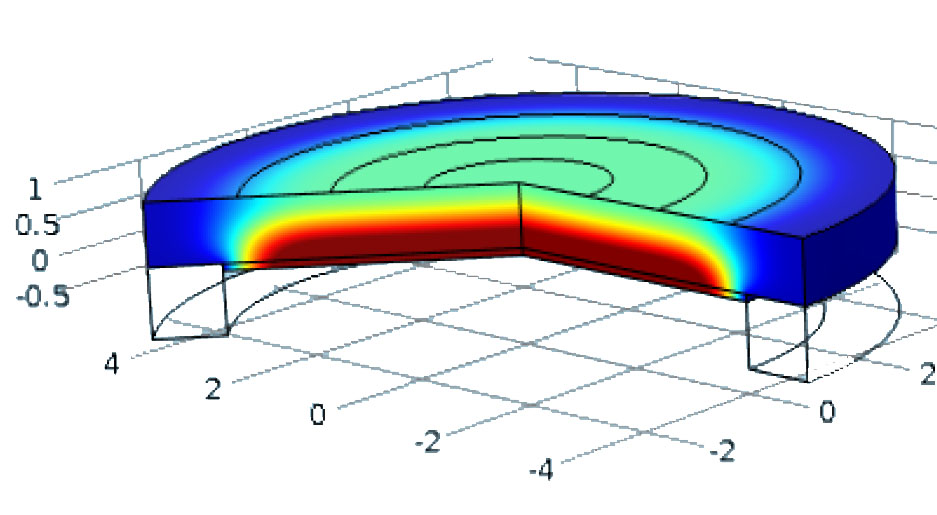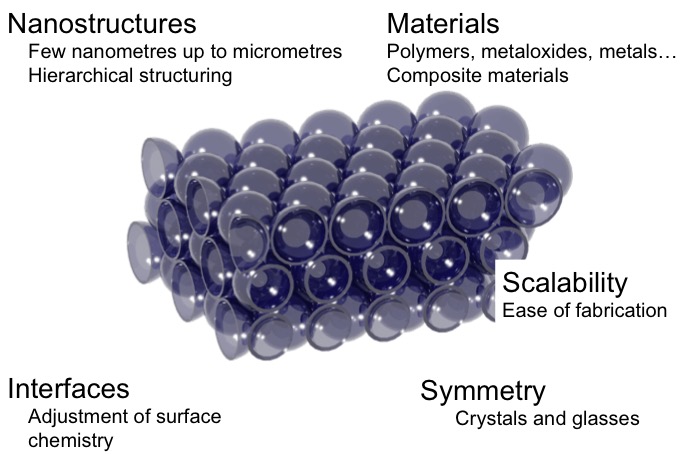Thermal Transport
Project Description
Thermal transport in nano- and mesostructured materials plays an important role in many technological applications. Efficient insulation as well as efficient heat dissipation are in the central focus of a lot of current research efforts. The Lichtenberg professorship provided by the Volkswagenstiftung aims to realize a smart functional material, which can control the flow of heat: a thermal diode.

The vision to control the flow of heat, i.e. the transport of phonons, is termed "phononics" in analogy to electronics and will be of great importance for future technologies just as electronics have been for the past 50 years. An essential step towards the era of phononics represents the realization of a thermal diode, i.e. a material which allows the flow of heat in one direction but not into the other.This goal shall be achieved with the help of nanostructured hybrid materials. First a number of well-defined model systems are examined to understand in detail the multiple influences of internal structure and boundaries on the heat transport.
To this end colloidal crystals resemble an excellent model platform due to their well-defined structure along with a wide variability of length-scales and material composition. We investigated polystyrene colloidal crystals, which feature a low thermal conductivity of ~ 51 mWm-1K-1 at a comparatively high density (740 kgm-3).
Interestingly, the sub-200 nm open porous structure renders such particle assemblies rather insensitive to the surrounding atmosphere. Furthermore, a three-fold increase was measured upon crossing of the Tg of the polymer along with film formation.

Using hollow silica nanoparticles, we investigated another highly porous and highly insulating material class. Here we could even address the question how thermal energy is transported along such an amorphous SiO2 skeleton. The mutual contact points and the adhesion between these are most decisive for the overall thermal conductivity.
We are now expanding these studies to a large range of other, well-defined colloidal systems spanning from one-dimensional to three-dimensional systems.
We use and establish a range of characterization methods. Currently these are laser flash analysis (LFA), frequency-domain thermoreflectance (FDTR), lock-in thermography (LIT), 3-Omega (3w), photoacoustic characterization (PA), and scanning thermal microscopy (SThM). The experimental techniques are supported by modeling of our hybrid structures, particularly by FEM simulations.

Financial Support
- Volkswagen foundation - Lichtenberg Professorship

- German Research Foundation SFB840 - TP B7
- German Research Foundation - Sachbeihilfe


